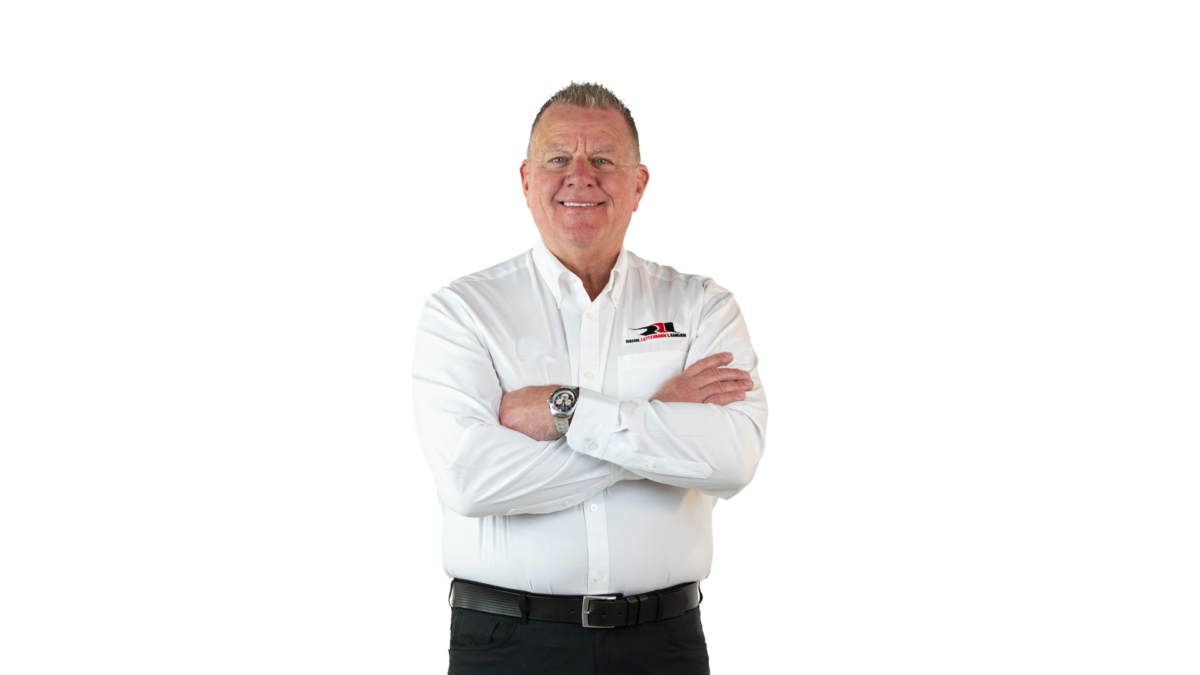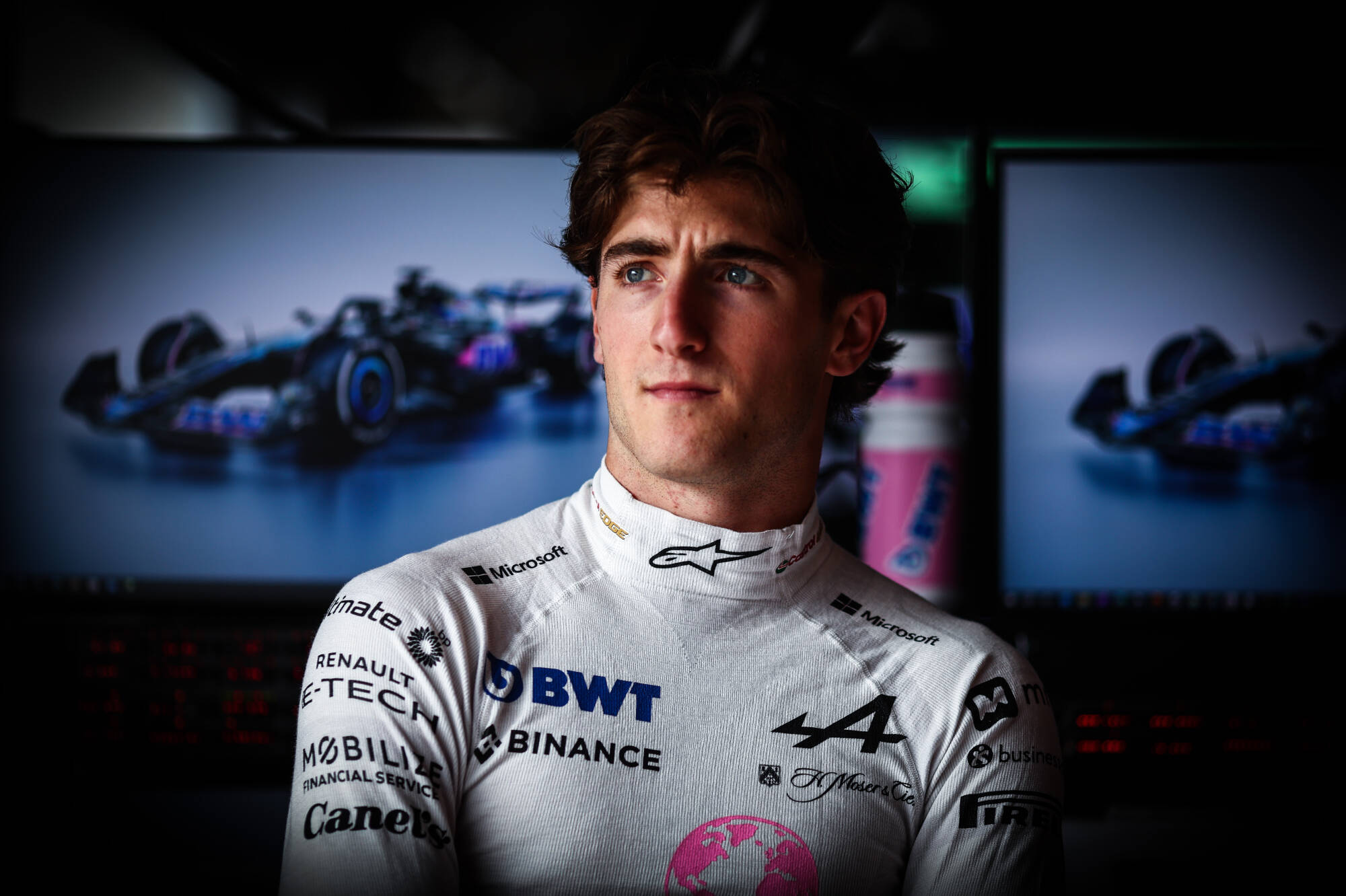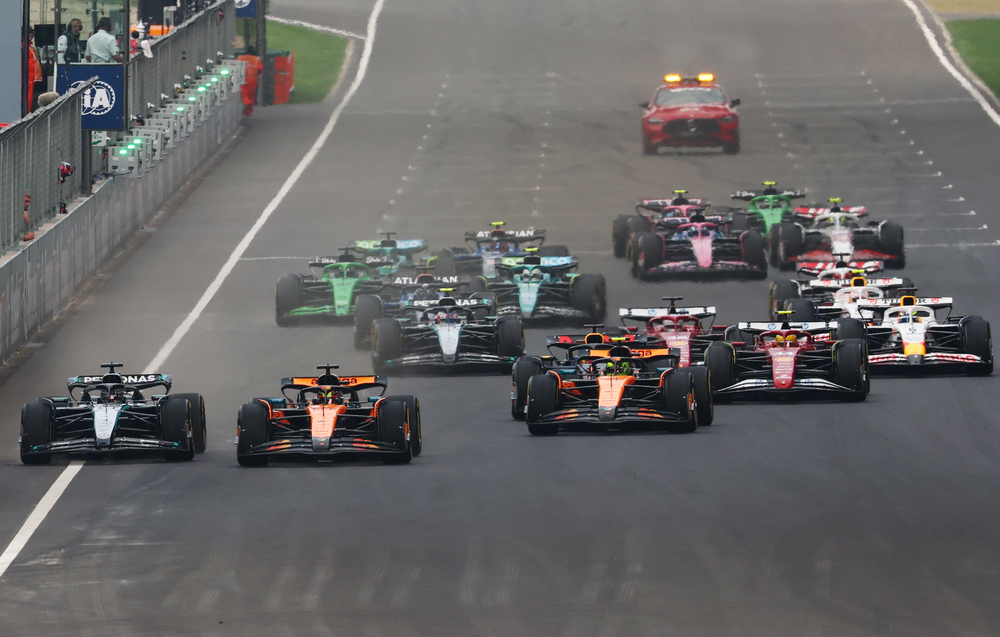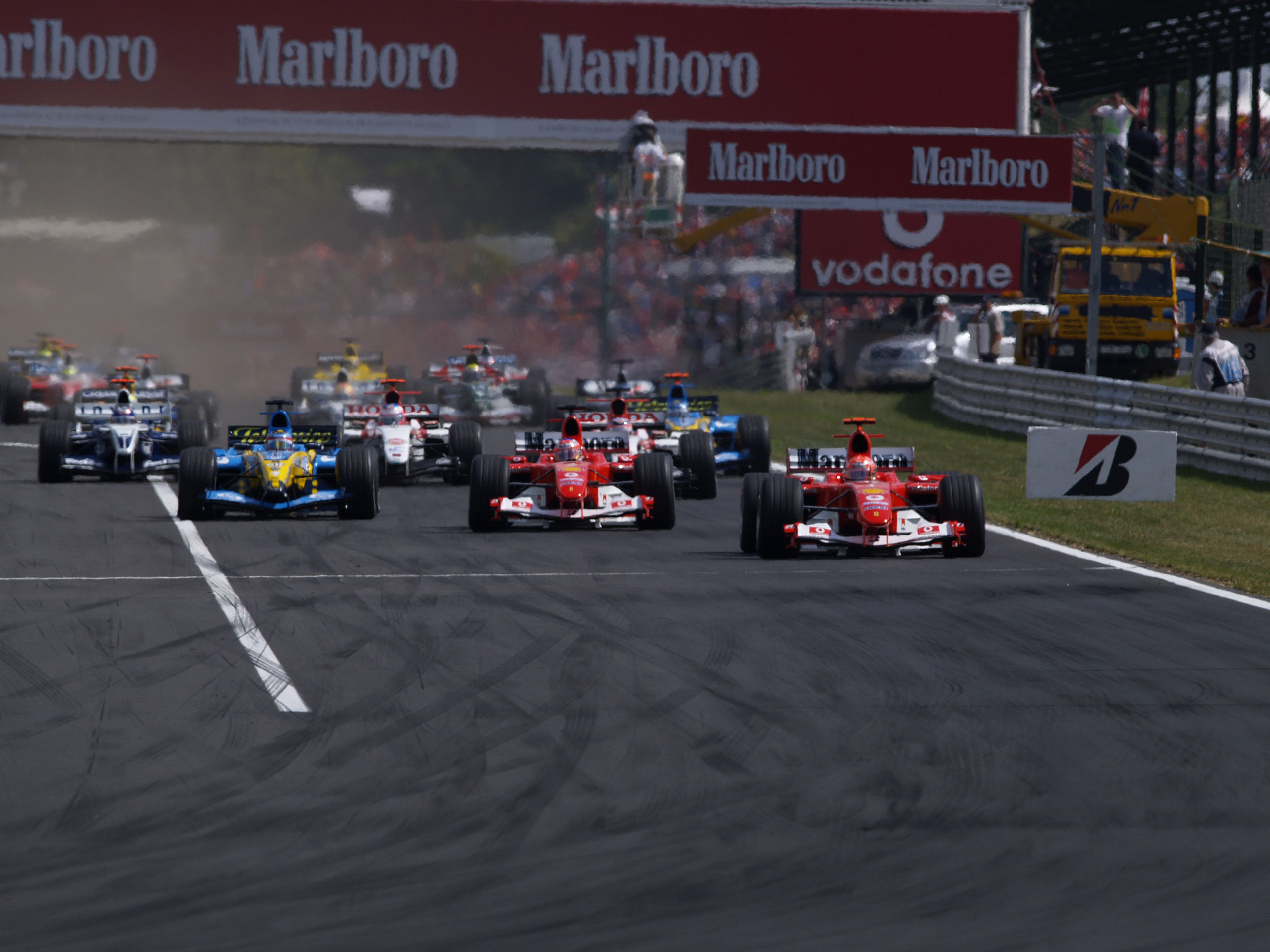With pre-season testing completed, the teams and drivers are preparing to start the 2024 Formula 1 season. These tests mainly serve so that the engineers and the drivers themselves can see all the data first-hand to know how their cars are behaving this year. It is normal that we see some locked-ups, some cars going off-track, spins and even mechanical failures, but it is better that they happen in pre-season than in the first race of the year.
Williams got left with a bittersweet taste. The first day of testing was full of errors and failures by both the drivers and mechanics. With Alex Albon driving the FW46 for the first time and in the morning session, the British-Thai driver had to stop his car on the track after having a mechanical failure. While his teammate, Logan Sargeant, who drove the car in the afternoon session, was the protagonist of the first spin of the season which occurred in turn 9 of the Bahrain International Circuit after having stepped out on a small bump.
The second day of testing was more straight-forward for the British team. It was Logan Sargeant’s turn to drive his 2024 car for the entire day, and the American driver managed to show that the FW46 is a step forward after a difficult season in 2023, as Sargeant finished in P11 with a time of 1:32.578. Finally, Alex Albon drove the Williams throughout the final day of preseason. It was a great day for the British team after finishing in P6 and a time of 1:30.984.
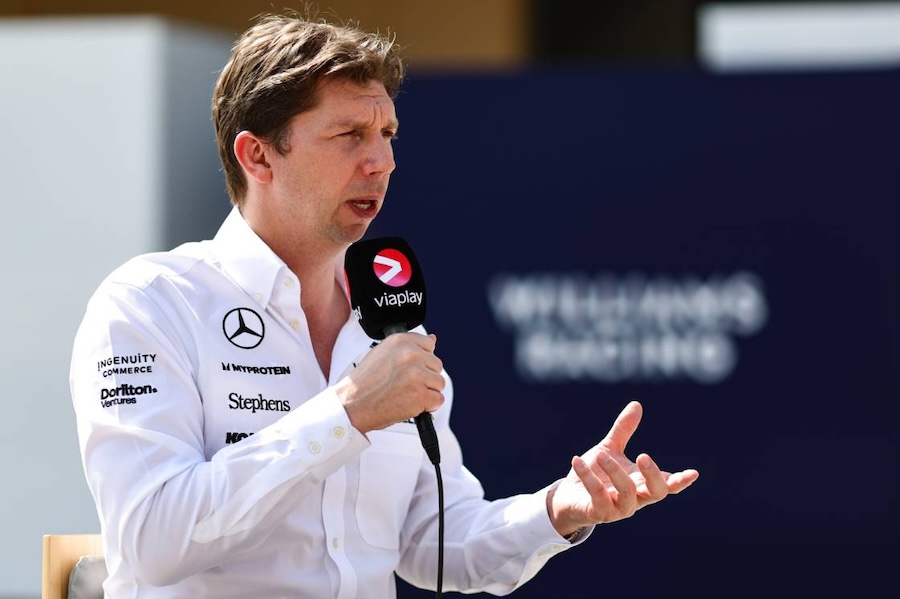
Williams team principal, James Vowles, has spoken out about his thoughts on the three days of testing. “It was ok, but unfortunately ‘ok’ is not a great term in Formula 1.
“In day 1 and 2, we simply did not complete the mileage that we wanted to as a result of the reliability [problems]. In day 3, we were able to complete a race distance and other work on top of it. The positives are, the package. We do have a car that we can work with this year. We’ve fixed those horrible balance that had on last year’s car. And that is a solid foundation to work from.
“We could not maximise day 1 and day 2, that’s really clear. But we did have a really solid and productive day 3, from a performance perspective but also in a reliability and understanding the car.”
The main problem that Williams has had over the years is that the aerodynamics in their cars is not their main strength, so circuits with high downforce such as Japan, Singapore, Hungary, etc., they were usually at the back of the grid.
However, when there are long straights and the cars run with little downforce, the Williams usually has better performance, such as in Monza, Miami, Australia, etc. Vowles expects the FW46 to have a wider operating window and for the team to be more competitive across a variety of tracks this season.
“The qualities of this car should be working across the 24 races rather than just 5 or 6 as last year’s car was. Last year’s car was also a very difficult car to drive as you couldn’t brake and combine on the way you wanted to. But it looks we’ve made really good [improves] with that this year.
“In terms of straight line performance, we still looked towards the quicker end of the grid. I think it’s not a stack of differences as last year but equally not mid-grid in straight line, we’re better than that.
“I would definitely say that the balance of the car is significantly better than last year. The drivers are able to understand [the car]. We had a car last year that in windy conditions, it really wasn’t really [great] in terms of performance and we haven’t seen that with this year’s car here in Bahrain.”

